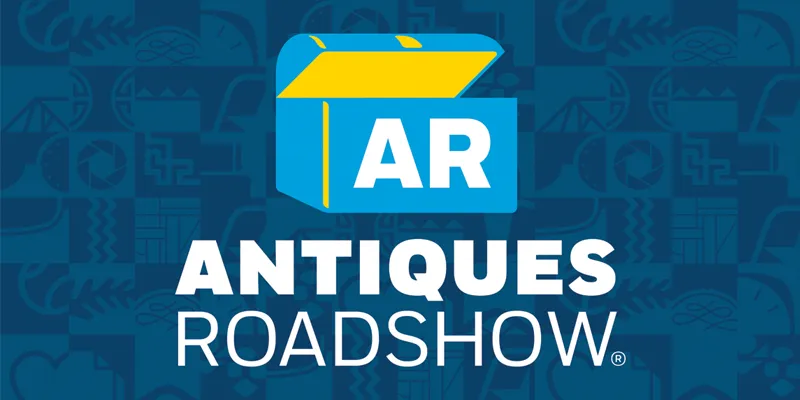GUEST: I brought a map of Philadelphia circa 1770s. It was a part of my aunt's estate, and I purchased it from the estate after her death. I thought it was charming, and I love Philadelphia, and I spent a lot of time there as a young man, so I wanted the piece.
APPRAISER: May I ask how much you paid for it from the estate? About $750. Do you have any idea when your aunt may have purchased this map or how she acquired it?
GUEST: I, I really don't know the background of when she purchased the map. I got the map from the estate about 2006.
APPRAISER: Well, this is a copperplate-engraved map. The publisher is a London publisher named William Faden, and his father was also a printer, as well. And Faden created an atlas of North America that was published in London. He was a royal cartographer, the official cartographer for the king, and so he printed a lot of very important maps. It was published in 1777. This map would have been popular in 1777 because of the beginning of the American Revolution. And because Philadelphia was the seat of the Continental Congress, people wanted to understand, in Europe, overseas, exactly what the layout was of the city, and you can see the grid of the city in here, and then the outlying towns, including all of the owners of property. It was patterned after a map that was engraved in 1752 by these cartographers here. Scull and Heap did the survey. It also had an image of the state house, but it had it at the top. Faden made the map larger, and he moved the illustration of the state house down to the bottom. We can identify a first and second state of this map by looking at this island here, right between Hog Island and Mud Island. In the first state of this map, this island in between has absolutely no name and no features on it. So that's how we know that this is a, a second state. If you look at the legend, we have locations A, B, and C. And if you look down here, you'll see that those are batteries.
GUEST: Batteries are, are assortment of cannons.
APPRAISER: Exactly. It has these horizontal folds, meaning that this map was most likely originally in an atlas. When I was talking about the original version of this map, the Scull and Heap survey that was published in 1752...
GUEST: Mm-hmm.
APPRAISER: That map is very, very rare, to the point where some people in the trade just call it unobtainable. As the 1777 version of this map, it still isn't very common. In the last 20 years, there have been about three coming up for auction. I would say it should sell between $7,000 and $9,000 at auction.
GUEST: I'm proud to have it. It's not, not something I feel like I'll let go of. I love to show it.











